Viltrox Pro AF 27mm F1.2 X-Mount Review
Dustin Abbott
August 22nd, 2023
I completely raved over Viltrox’s amazing Pro AF 75mm F1.2 lens for Fuji at the end of 2022. It delivered pro-grade build, good autofocus (that got better via firmware updates), and one of the finest optical performances I had seen from any X-mount lens. I expressed hope that it would be the first in a series of such lenses for Fuji X-mount and other platforms, and that is indeed the case. Next up is the Viltrox Pro AF 27mm F1.2 STM, and this is a lens that may excite even more people for the simple reason that 27mm translates to right over 40mm full frame equivalent – an extremely useful general purpose focal length and one that I find incredibly useful for many, many subjects.
There really isn’t any direct analog to this lens on the Fuji platform. Fuji (and other brands, including Viltrox), make both a 23mm and a 33mm F1.4 lens (essentially 35mm and 50mm full frame equivalent lenses), so the 27mm F1.2 falls right in between those two in terms of focal length. Fuji does have one F1.2 lens (the 56mm F1.2 WR), but Viltrox is pretty unique in making these high performing F1.2 options. Both the 27mm and the 75mm are wonderfully sharp even at F1.2, but also preserve really nice bokeh and overall rendering.
I’ve recently spent time with both the Fujifilm XF 23mm F1.4 WR and the Sigma 23mm F1.4. They are both very sharp lenses that rival the 27mm F1.2 for sharpness, but I feel like the Viltrox excels at combining both the excellent sharpness with a nicer general rendering.
The tradeoff is that the Viltrox is considerably larger and heavier than alternative lenses. That larger maximum aperture and high optical performance come at the cost of some bulk, which will obviously turn off some who want to travel light. So should you add one to your kit? We’ll try to answer that question in this review. If you would prefer to watch your reviews, you can choose watch my definitive video review below…or just keep reading.
Follow Me @ YouTube | Patreon | Instagram | Facebook | DA Merchandise | Flickr | 500px
Thanks to Viltrox for sending me a prerelease sample of the lens for evaluation. I’ll be doing this review on my X-H2, which I reviewed here. As always, this is a completely independent review and my conclusions are my own.
Viltrox Pro AF 27mm F1.2 Build and Handling
With the Pro AF 75mm F1.2, Viltrox started a trend where they have really begun to move up into the next level of lens design. They followed the 75mm F1.2 with a full frame 16mm F1.8 wide angle prime for Sony that is truly amazing, and the Sony E-mount version of the 75mm F1.2 was even more feature rich than the Fuji X-mount version. This 27mm F1.2 mostly follows the blueprint of the X-mount version of the 75mm and delivers a feature set consistent with the typical Fuji standard. I wouldn’t be surprised to see the E-mount version of this 27mm lens (when it comes) have a similar feature set to the E-mount version of the 75mm. They added “Pro” into the name for this new series, and it certainly can compete with the premium first party options from Fuji. This a premium looking and handling lens that looks like it belongs on my X-H2.
The lens is a great fit on a body like the X-H2, but the X-H2 is sized more like a full frame camera. This is a lens that, like the 75mm, is going to be a little front heavy on smaller bodies like the X-S10/20 or similar bodies. It is smaller than the 75mm F1.2, but not by much.
It is 82mm/3.22″ in diameter (with a very common 67mm front filter thread) and is 92mm/3.62″ in length. It weighs 560g or 19.75ozoz. That makes it 5mm narrower, 9mm shorter, and 110g lighter than the 75mm, but also means that it is 14mm longer/wider and nearly 200g heavier than the Fujinon XF 23mm F1.4 (which I reviewed here). Fuji has typically done a great job of keeping their lenses relatively light and compact, which is, for many, one of the primary draws of choosing the smaller APS-C sensor over a full frame system. These Viltrox Pro series lenses are much like the early Sigma ART lenses on Canon and Nikon; often larger and heavier, but compensating with very high optical performance. The appeal of these lenses is going to depend a lot on your personal priorities as a photographer.
The design language is consistent with the 75mm F1.2, with one caveat. The 75mm F1.2 featured an AF/MF switch on the side, which is typically an anomaly on Fuji. Fuji lenses seem to universally lack that switch, as Fuji has tasked that function to a lever or button on the camera body instead. I prefer having the AF/MF switch, myself, and so I celebrated its inclusion on the 75mm, but Viltrox has bowed to the Fuji convention with the 27mm F1.2 and that switch is now absent.
There is a Viltrox badge on the upper right side of the lens, and it feels like a nice balance to the Pro badge on the left side.
The included lens hood is plastic and petal shaped. I would prefer a more definite click into place, as I found the lens hood was fairly easy to bump loose.
The lens hood is plastic, but the rest of the lens is all high grade in terms of materials. It feels like metal in a similar way to Fuji’s premium lenses, and the semi-gloss finish is both attractive and functional.
The manual focus ring is made of metal with tight ribbing. It moves smoothly and with nice damping, and, while I found some stepping movement when manually focusing the X-mount version of the 75mm, I noticed no such behavior here. Manual focus is a simulation (this, like all autofocusing lenses on mirrorless, is focus-by-wire, meaning that input on the focus ring is actually routed through the focus motor which then moves the focusing group of elements). It’s very good manual focus simulation, though, so this is actually quite a nice lens to manually focus.
The aperture ring is pretty standard for recent Viltrox lenses, with a clicked aperture ring that features detents at each one third stop. There is an “A’ position past F16 (minimum aperture here) that will allow you to instead control aperture from within camera if you aren’t an aperture ring person. There is no declick option, but the aperture otherwise works well. You will see a little bit of “stepping” if you try to aperture rack due to not having the declick option.
As an aside, it is a shame that Fuji has not embraced some of the more video-specific features like declicking options for aperture. The fact that Viltrox has 2-3 additional features on the E-mount version of these lenses will certainly be a bit irritating to Fuji shooters.
Starting with the 75mm F1.2, Viltrox has embraced weather sealing on their lenses. There is a nice, thick gasket at the lens mount, and Viltrox calls the lens “dust-proof” and “moisture-proof”. While I haven’t seen the “cut-out” to show the seal points yet (I’m reviewing the lens before its public release), the 75mm F1.2 had 9 seal points at all the typical spots (around rings, switches, and the front and rear entry points into the lens). I would expect this lens to potentially have at least one fewer seals due to not having the AF/MF switch, but I suspect it will otherwise be similar.
This is an internally focusing lens, so there is nothing that moves where dust might intrude. There’s also an HD-Nano multilayer coating on the front element to help with water and fingerprint resistance, making the front element easier to clean. As always, however, “moisture-proof” does not mean “water-proof”, so don’t go crazy!
Viltrox continues with a trend that other lens makers are now imitating by including a USB-C port in the lens mount that allows you to do firmware updates right to the lens. I’m a fan of this approach, as it eliminates the need for a separate dock or lens station for firmware updates, and I find the process a little more intuitive than even doing firmware updates through the camera. This allows Viltrox to future proof their lenses and continue to improve them through firmware – they were able to dramatically improve the autofocus performance on the X-mount version of the 75mm F1.2 though firmware updates.
There is no image stabilization, so I relied on the IBIS from the Fuji X-H2, which worked very well. None of the lenses in this category have OS, however, so the Pro AF 27mm F1.2 isn’t at a disadvantage.
If you look in the front of the lens, you’ll find a LOT of glass, though obviously less than what you’ll see in the longer 75mm:
There are eleven rounded aperture blades inside, and the aperture does an excellent job of maintaining a circular shape. The specular bokeh highlights are still quite round even up to F2.8 (F1.2, F2, and F2.8 shown):
You can see that the wide open geometry has some obvious cat-eye effect along the edges of the frame, though in some settings that can create a slight “swirl” effect to the bokeh that many find visually interesting.
Viltrox lenses have traditionally been stuck at a very low 0.10x magnification figure (basically all of their lenses shared that magnification level), and this has been the one area where I’ve been consistently critical of their lenses. That’s mostly because I’ve been so impressed by their growth as a company that I believe them capable of more. And they are proving me right with the 27mm F1.2, as there is both an improved minimum focus distance (28cm) and maximum magnification figure (0.15x). That’s not high, per se, but it is competitive with the standard for 50mm(ish) lenses. The Fuji 23mm F1.4 is higher at 0.20x, but Viltrox’s figure is certainly useful. Here’s what that magnification looks like:
For perspective, here’s a look at the difference between the magnification of the 75mm (0.10x) and the 27mm (0.15x):
That’s a pretty radical difference, and allows much more flexibility in the kinds of images you can make with the lens. I personally love the versatility that decent close focus provides, so a step in that direction is very welcome.
Viltrox includes a lens pouched with a padded leatherette bottom that is very reminiscent of what comes with Canon L series lenses. I’m sorry to see the AF/MF switch missing, but the improved minimum focus distance and magnification is very welcome. Overall, this is a very well executed package that shows the maturity of lens design that somehow Viltrox has quickly acquired. This lens is on the larger size, but it’s a great fit on a larger body like my X-H2 and I love the images I can get with it.
Viltrox Pro AF 27mm F1.2 STM Autofocus Performance
The STM motor on the 75mm F1.2 was possibly the weak link there, at least initially. Like the 27mm, it was equipped with a Lead Screw-type STM (stepping motor), which is the better of the two different STM designs, but not quite as good as a linear style motor. I found focus accuracy to be good with the 75mm, but that things quickly declined if the subject was moving. Autofocus could sometimes be slightly slow. Firmware updates improved that performance, however, and I was actually quite impressed by the time that I did my X-H2 review (about 4 months later) at how well the updated lens did when tracking basketball action on the X-H2. Then last month I reviewed the E-mount version of the 75mm and was blown away by good the autofocus did there. I was able to easily nail bird in flight shots and quick action photos, though at least part of that is for the simple reason that Sony’s autofocus is just more sophisticated that Fuji’s.
The STM motor here in the 27mm F1.2 does not come with the early issues of the X-mount version of the 75mm. You can tell that there has been some refinement to autofocus during those 9 months since the release of the 75mm. Focus here is almost as good as the recent Fuji 23mm and 33mm F1.4 LM lenses. I found it able to keep up with tracking mild action like an indoor cricket demonstration at a recent men’s event that I attended.
Autofocus speed isn’t instantaneous (there is sometimes a split second pause while inertia builds), but overall focus changes occur quickly and smoothly. I love this particular focal length for “people shots”, or photos capturing ordinary life, and I found that the autofocus was always able to keep up and capture those unplanned moments.
In an event setting, I found that focus consistently grabbed the eyes of speakers or attendees even shooting from a distance at F1.2:
It’s the ability to trust a lens in those settings that make it far more likely to be a lens that you reach for. I think this lens would work just fine for someone who did weddings or events.
I also found that Eye AF could be trusted for narrow depth of field shots like this cute one of Nala sprawled in the summer grass.
As you’ve probably already picked up, this is a lens with beautiful optics, so accurate autofocus is huge for allowing those optics to shine even at F1.2.
I didn’t have an opportunity to shoot a portrait session with the lens due to traveling and being otherwise busy during my review period, but I did shoot photos at a golf tournament and saw expectedly good results when shooting a “portrait” like this:
This should work very well as a complimentary lens to the 75mm for someone who shoots portraits.
I got repeatable well focused results for general purpose shots. I shot at lot at F1.2, and this is a lens perfectly capable of taking advantage of that large maximum aperture in focus accuracy.
I expected good focus results for stills, but I was curious as to how the lens would hold up for video work. Focus pulls were relatively smooth and and fast, but there was almost always one pulse before a final lock on the subject was achieved. That’s not unusual for any lens on Fuji (again, that’s more due to Fuji’s focus system than anything else), but there is also some focus breathing (more than the Fuji 23mm F1.4 LM), which does draw your attention to focus changes.
Focus transitions from one subject to another when moving with the camera were relatively smooth, though if a larger focus change takes place the visible focus breathing makes it more obvious. My focus test where I face the camera and then block the camera’s view of my face with my hand went quite well. Focus was also quick and accurate back to my eye. I’ve found that Fuji’s most recent AF system/algorithm works best when there is an obvious trackable subject. There could be a tiny pause before focus returned to my hand when blocking the view of my face, but I attribute that more to the camera’s instinct to stay focused on the eye. I consider that test to have been very successful, with my only complaint being that the focus breathing makes that focus transition appear a little more abrupt than it actually is.
The next frontier for Viltrox will probably be to transition to linear focus motors or even multiple focus motors like some of the higher end Sony and Canon lenses employ to achieve snappier autofocus. Adding that power from dual motors is what enables that near-instant autofocus change that the best lenses are capable of. But other than a tiny pause while inertia builds during big focus changes, autofocus was pretty much the “bee’s knees”:
Viltrox Pro AF 27mm F1.2 Image Quality Breakdown
Viltrox has been able to dramatically improve their optical glass with recent releases. I noticed not only an improvement in sharpness and contrast, but also an improvement in the quality of the color rendering. Time has revealed at least part of the reason for that improvement: Viltrox has started to source some of their optical glass from Japanese company Hoya…and it shows. The lens has a fairly complex optical formula of 15 elements in 11 groups, and this includes 2 ED (extra-low dispersion), 5 high refractive, and 1 aspherical element. The MTF chart suggests a very sharp center, strong midframe (about as good as center), and a mild dip in the corners though with continued high performance at F1.2. The F8 chart is truly flawless.
I’ve noted that Fuji’s 40MP APS-C sensors are the most demanding platform that I’ve tested on. A full frame sensor would need to be over 90MP to have similar pixel density. Not all lenses are capable of looking truly good on such a demanding sensor, but you can add the Viltrox Pro AF 27mm F1.2 to that short list. Even wide open the F1.2 lens produces beautifully sharp, contrasty images.
Stopped down to F2 for this shot and the amount of detail captured is impressive.
But before we get to sharpness and contrast, let’s take a look at other potential issues like vignette, distortion, and chromatic aberrations.
Distortion is essentially a non-issue. Adding correction in either direction just creates distortion; the 27mm F1.2 is essentially distortion free. Vignette is another story, however, requiring a +69 (nearly three stops) to correct the vignette. The vignette itself is quite linear, moving gradually into the frame rather than being concentrated in the corners, which actually makes for more visually compelling results when you choose to not correct the vignette. The result below is uncorrected, and you can see the vignette draws your eye towards the subject without appearing obvious.
The low distortion result sets this lens apart from the competition, and the vignette isn’t any more extreme than most competing lenses despite the larger maximum aperture. Nothing too troubling here.
How about chromatic aberrations? I could see the faintest amount of fringing in some extreme situations, but LoCA (Longitudinal Chromatic Aberrations) were mostly well controlled. You can see just a bit of green fringing here.
I saw extremely minimal amounts of LaCA (Lateral Chromatic Aberrations) along the edges of the frame at smaller aperture where they typically show up. No issue here.
As an aside, I pulled a JPEG of the shot of my test chart earlier and found that it looked pretty much identical to the RAW file shown above. I do not believe any in-camera correcting is taking place.
Here’s a look at my test chart that the crops came from (40MP images from the X-H2):
Here’s a look at F1.2 crops (about 175% magnification) from the center, mid-frame, and corner:
That’s a great performance, particularly for an F1.2 lens at F1.2. We have great sharpness across the frame, with the center and mid-frame being particularly strong. The Fujinon XF 23mm F1.4 R LM WR is one of the sharpest lenses that I’ve tested on the platform, and we can see that the Viltrox is about the same in the center (also in the midframe) even if I compare F1.2 to F1.4:
I do think the Fuji delivers slightly sharper corners, however.
The Viltrox is definitely delivering the sharpness, however, particularly in the areas of the frame where it will matter the most at large apertures. Contrast levels aren’t quite as intense as the 75mm, but there is plenty of resolution and contrast in real world images:
Stopping down to F1.4 produces two things: 1) more contrast and 2) a different shutter speed (1/300th vs 1/400th). The latter is important as it shows that the lens is legitimately F1.2. I’ve seen some lenses that claimed a larger aperture size but didn’t meter any differently when stopped down a bit. That’s not the case here.
That contrast advantage becomes even more obvious at F1.8, which looks intensely sharp everywhere but the extreme corners now.
The corners are starting to look excellent in this range (F1.8 to F2). They look noticeably brighter and crisper than they did at F1.2:
Expect real world results from F2 to F8 to look impressively good. Here’s a scene from the golf course at F4:
Diffraction sets in pretty early on my X-H2, so by F8 images are starting to soften slightly, and by F16 the effect is very pronounced. On the new higher resolution bodies with the 40MP sensor, I would try to stay at F8 or larger as much as possible, as you can see even at F8 that the center has started to lose a bit of the pop:
Minimum aperture is F16, but I wouldn’t recommend using it on the high resolution bodies. The massive maximum aperture is very useful on high resolution bodies, however, as you have a lot of aperture options long before you start to hit the diffraction level. That’s not true of lenses with smaller maximum apertures.
I noted that the weak link of the Fuji 23mm (and the Sigma 23mm F1.4) is that the bokeh rendering isn’t particularly nice. Both lenses are high resolution and high contrast, but the out of focus suffers somewhat. I prefer the rendering from the Fuji 33mm F1.4 LM even though that lens isn’t quite as sharp as the 23mm. I feel like the Viltrox Pro AF 27mm F1.2 splits the difference between those two lenses, achieving similar high contrast and detail to the 23mm but while retaining a more pleasing rendering of the defocused area. Even the foreground blur looks great in this shot:
This shot has a fair bit in the transition zone, but the quality of the blur is still very smooth.
This basic shot of a cup of tea shows how nice rendering can make the ordinary special.
I think a lot of photographers will enjoy the great blend of sharpness and rendering. It does nice things with Fuji’s film simulations, including the monochrome looks (Monochrome + G, here):
Flare resistance in lenses with extra large maximum apertures is often an area of weakness, but the Viltrox does hold up reasonably well here. The ghosting/veiling effect in this shot is one of the worst offenses I saw during my tests:
I purposefully moved around for this low angle shot to try to induce flaring against the sun, but this rather artistic prismatic effect was all I got.
Overall I think that flare resistance should be good enough for most people in most situations.
Color rendition has really improved along with the improvements to Viltrox’s optical glass. I generally found that the colors were about what I would expect from a similar Fuji lens.
Skin tones of people of varying ethnicities looked accurate and pleasing to me.
Here’s me with a few buddies (and my son), and I think that colors and skin tones look good.
This is a lens that has a lot going for it optically. It combines those great optics with a great focal length. I suspect this lens will be a favorite for those that don’t mind a slightly bigger lens. Check out the image gallery here to see more of those images for yourself and to draw your own conclusions from them.
Conclusion
As soon as I saw the proposed focal length for the second entry in Viltrox’s PRO series for APS-C I was excited. I love the 40mm focal range for its versatility and the very natural and approachable feel of the focal length, and adding a usable F1.2 aperture to that great focal length had the potential to be special…and I think the Viltrox Pro AF 27mm F1.2 is just that. It’s just the kind of lens that I wanted to pair with my great X-H2 body. It is fast, accurate, and renders beautifully.
This is a natural lens to grab for those moments of life that you want to capture. Not too wide. Not too narrow. This is a “Goldilocks” focal length: just right.
The price point of right under $550 USD makes this a great value (buying it from Viltrox and using the code DUSTINABBOTT will get you an additional 8% off starting September 5th, 2023). It’s more lens than the similarly priced Sigma 23mm F1.4 and undercuts either the Fuji 23mm or 33mm F1.4 alternatives by more than 300 dollars. That makes it a really compelling option, as it gives you the sharpness of the 23mm paired with the nicer rendering of the 33mm…plus a faster maximum aperture. It is larger lens that what some would like, and that is a perfectly legitimate reason to choose an alternate option (as there are some good ones). If you don’t mind a slightly larger lens, however, then the Viltrox Pro AF 27mm F1.2 is going to be a new favorite that you may have a hard time taking off your camera.
Pros:
- Great build quality
- Level of weather sealing compares to better Fuji lenses
- STM focus motor provides accurate focus even at F1.2
- Faster maximum aperture than competing lenses
- Excellent sharpness at F1.2
- Excellent control of aberrations
- Essentially no distortion
- Very nice bokeh
- Great focal length
- USB port for firmware updates
- Amazing price to performance ratio
Cons:
- Vignette a little heavy
- Some may find the lens large and heavy
- Large focus changes aren’t instant
Gear Used:
Purchase the Viltrox Pro AF 27mm F1.2 @ B&H Photo | Viltrox (use code DUSTINABBOTT for 8% off) | Adorama | Amazon | Amazon Canada | Amazon UK | Amazon Germany | Pergear
Purchase the Viltrox Pro AF 75mm F1.2 @ B&H Photo | Amazon | Viltrox (use code DUSTINABBOTT for 10% off) | Amazon Canada | Amazon UK | Pergear Store
Purchase the Fujinon XF 23mm F1.4 @ B&H Photo | Adorama | Amazon | Camera Canada | Amazon Canada | Amazon UK | Amazon Germany
Purchase the Fujifilm X-H2 @ B&H Photo | Adorama | Amazon | Camera Canada | Amazon Canada | Amazon UK | Amazon Germany
Purchase the Fujifilm X-T5 @ B&H Photo | Amazon | Camera Canada | Amazon Canada | Amazon UK | Find it Used at KEH
Purchase the Fujifilm X-S20 @ B&H Photo | Adorama | Amazon | Camera Canada | Amazon Canada | Amazon UK | Amazon Germany | Ebay
Want to support this channel? Use these affiliate links to shop at: B&H Photo | Amazon | Adorama | Camera Canada | Amazon Canada | Amazon UK | Ebay | Make a donation via Paypal
Buy DA Merchandise https://bit.ly/TWIMerch
Keywords: Viltrox, Viltrox AF, Viltrox 27mm, Viltrox 27mm, F1.2, f/1.2, STM, Viltrox AF 27mm F1.2, Viltrox Pro AF 27mm Review, Viltrox AF 27mm F1.2 Review, X-mount, Fuji, Fujifilm, Fujinon, Review, Fujifilm X-T5, X-T5, X-H2, Bokeh, Portrait, Dustin Abbott, Tracking, Hands On, Video Test, Sharpness, Autofocus, Build, Real World, 40 MP, Lens, Comparison, Test, Dustinabbott.net, APS-C, X-Trans, letthelightin, DA, #letthelightin, #fuji
DISCLAIMER: This article and description contains affiliate links, which means that if you click on one of the product links, I’ll receive a small commission. As an Amazon Associate I earn from qualifying purchases.
















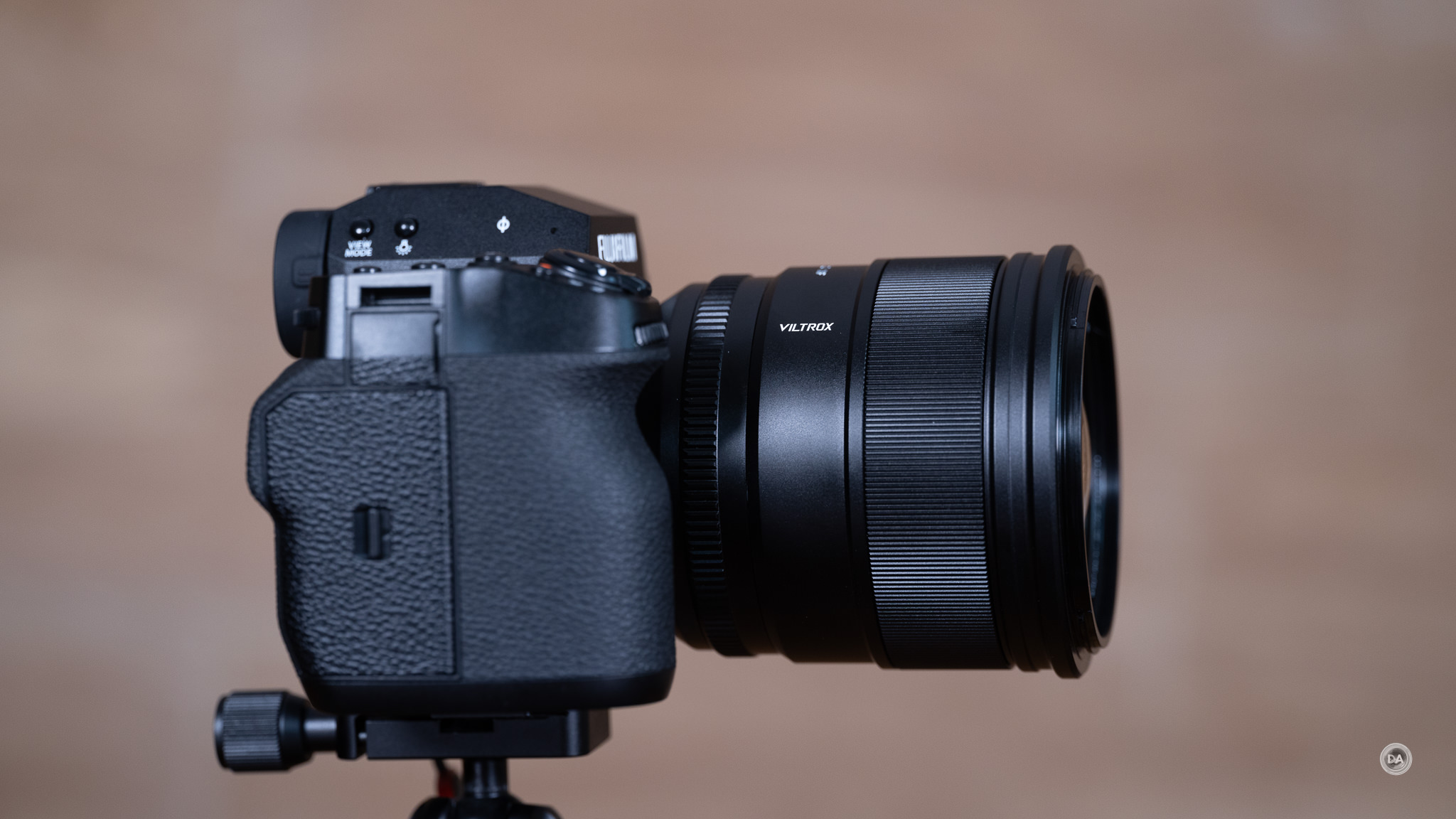
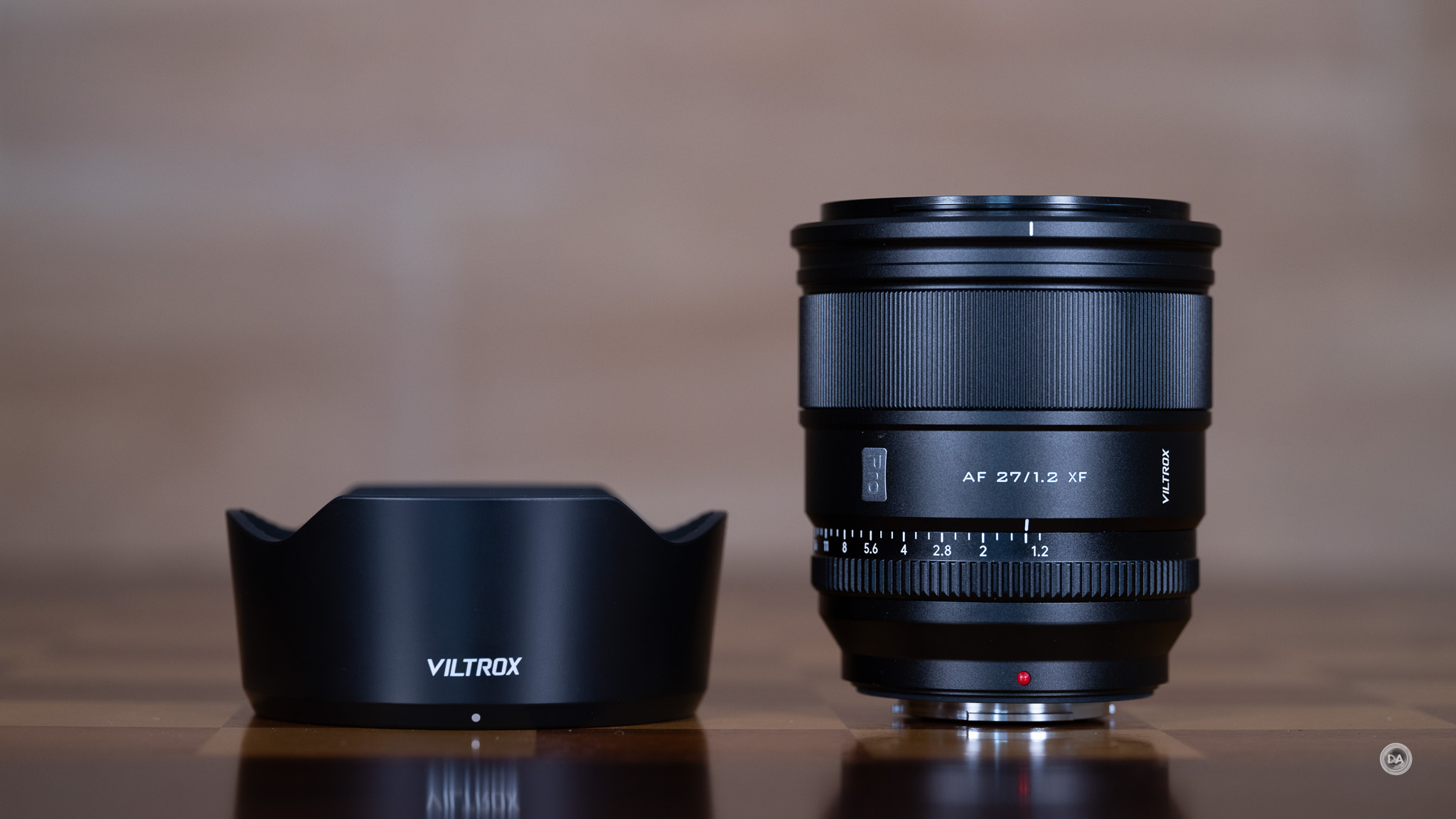
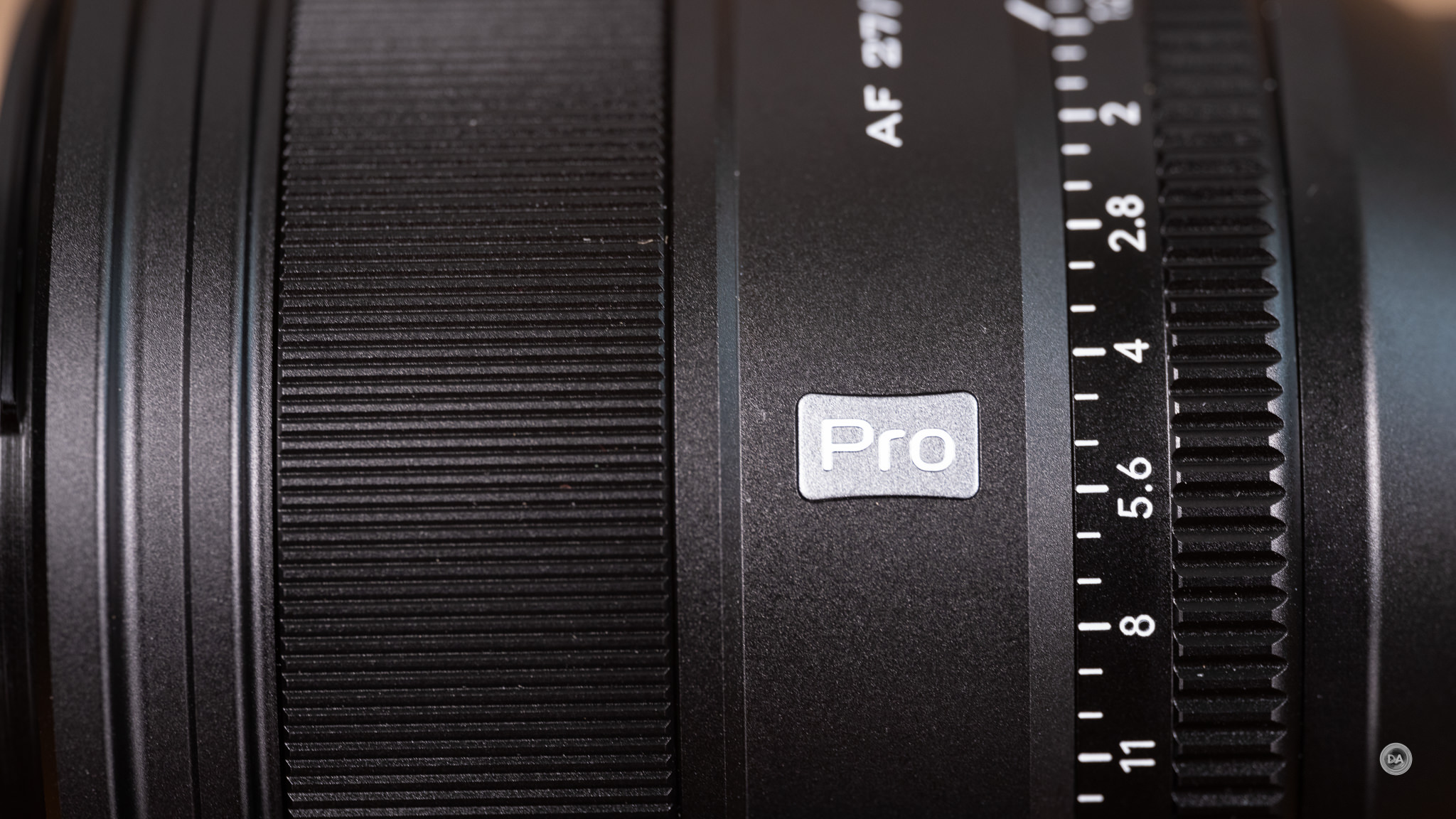
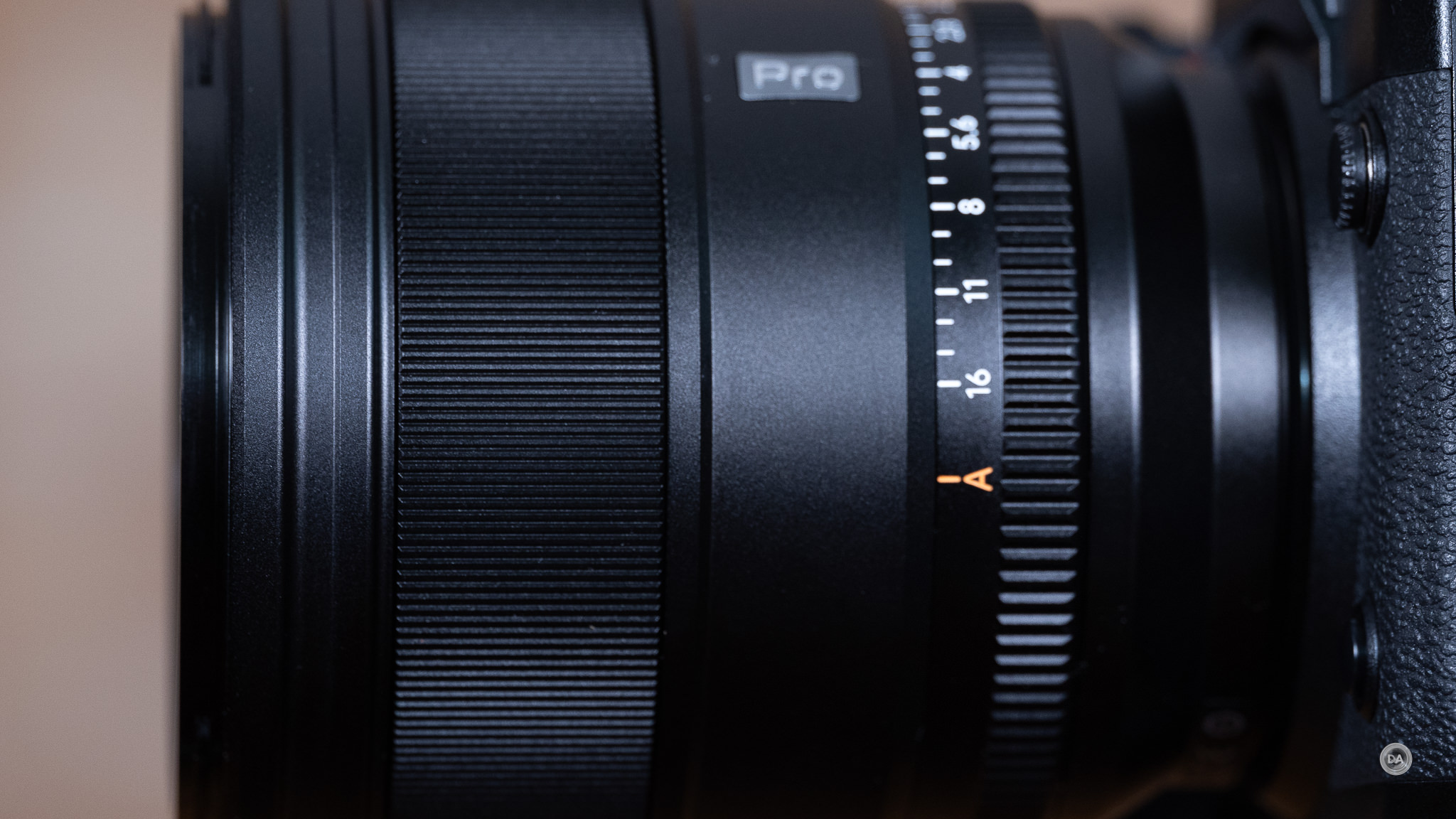

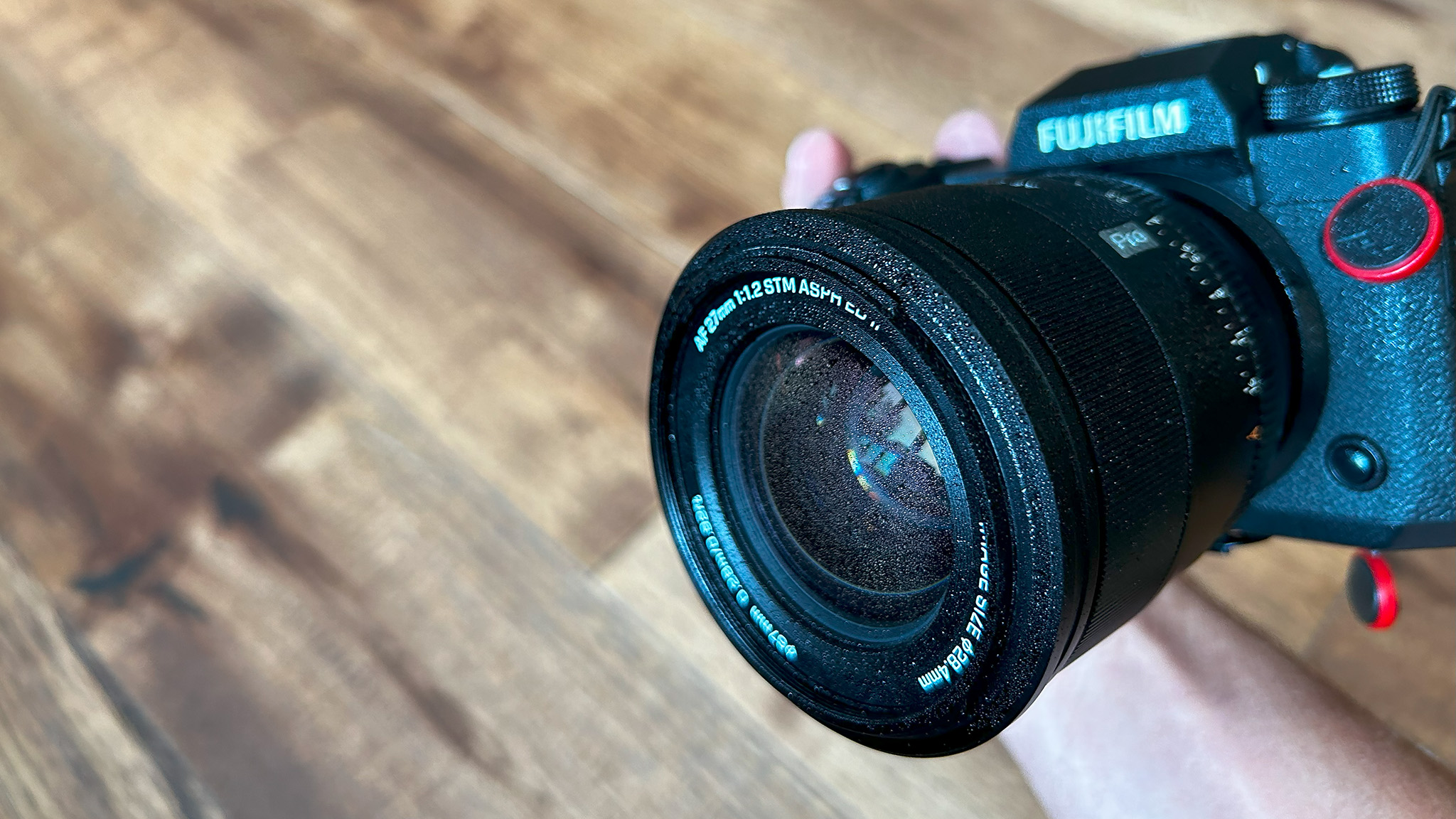
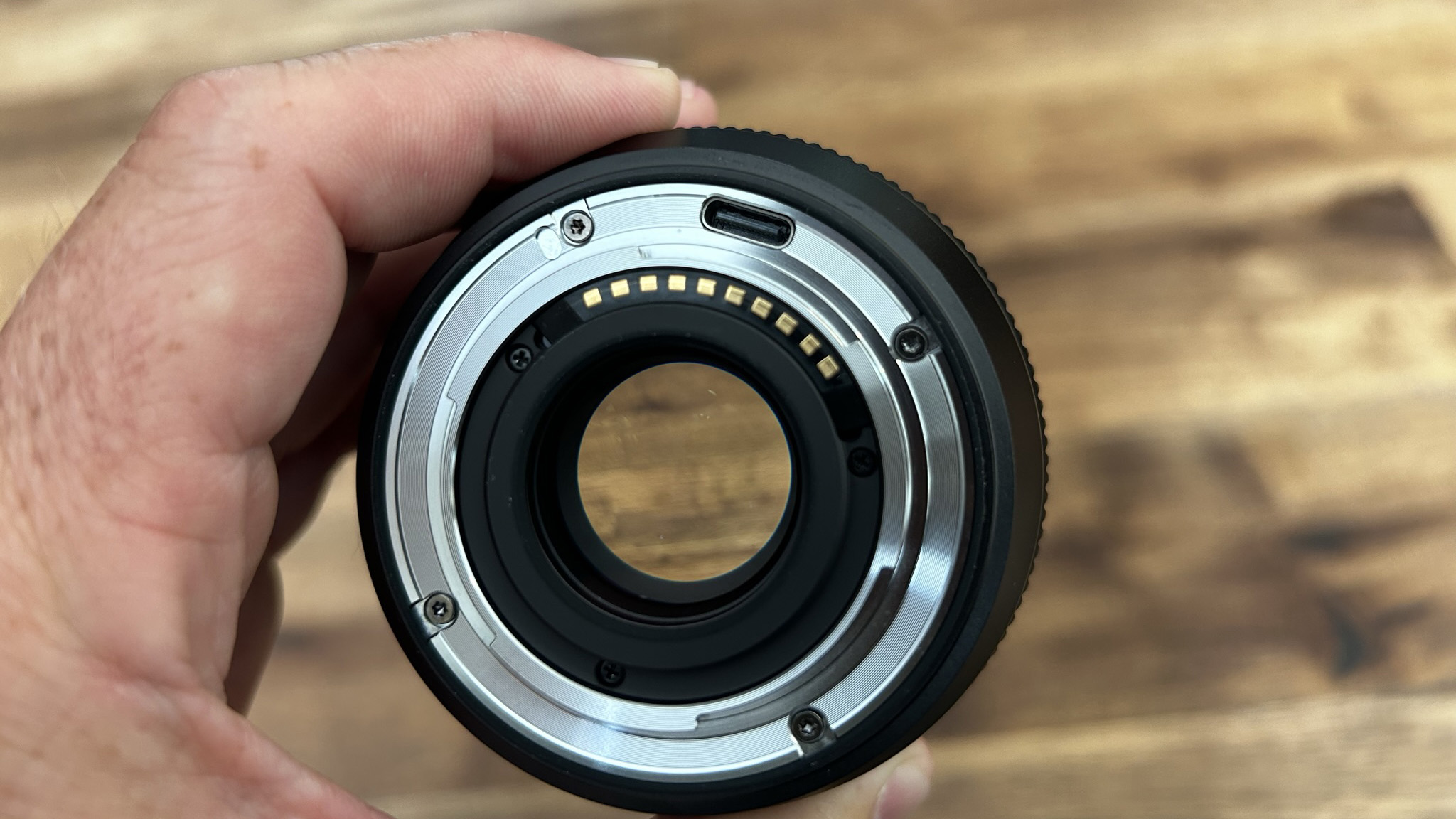
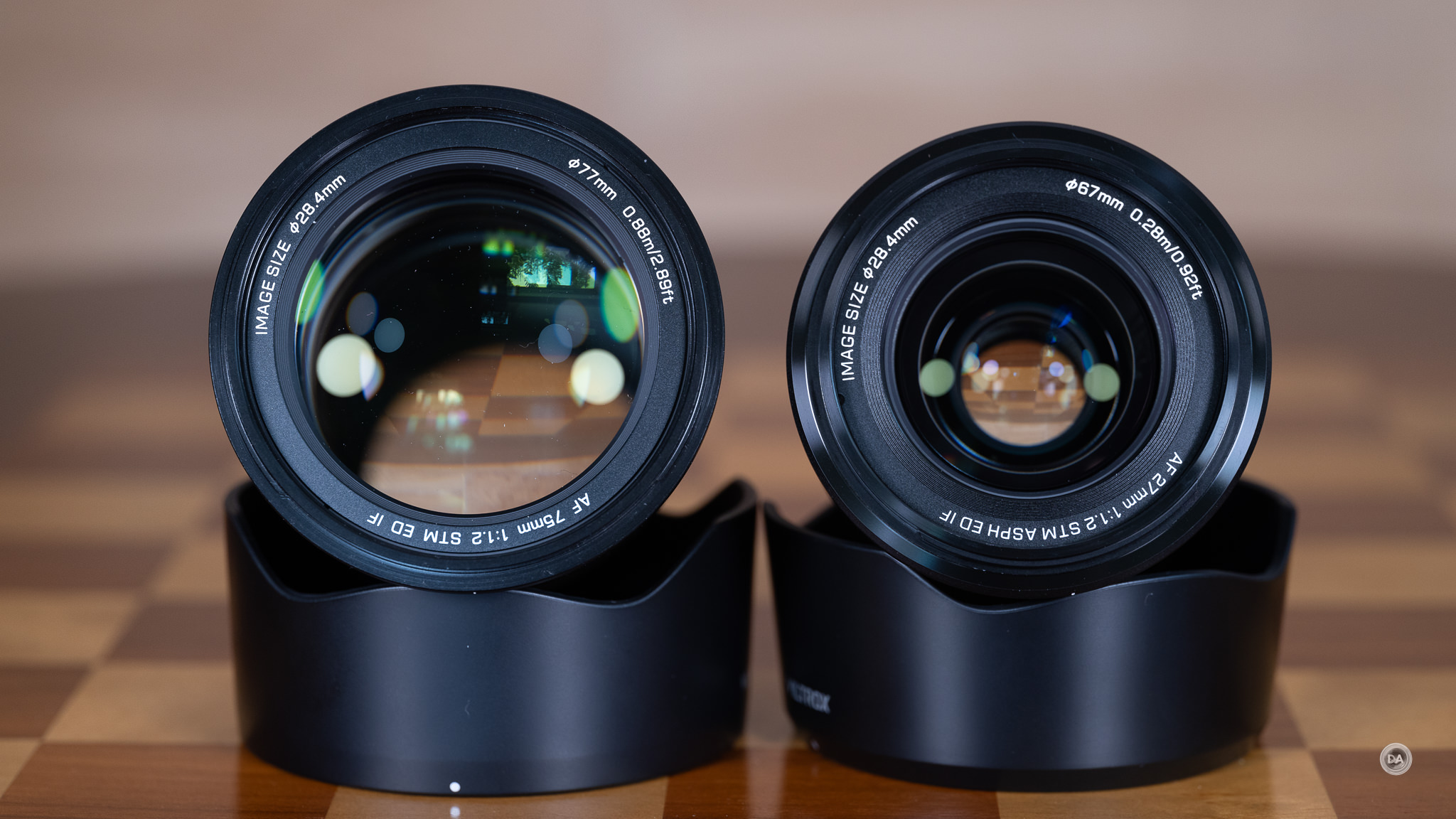

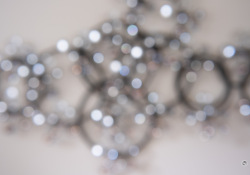



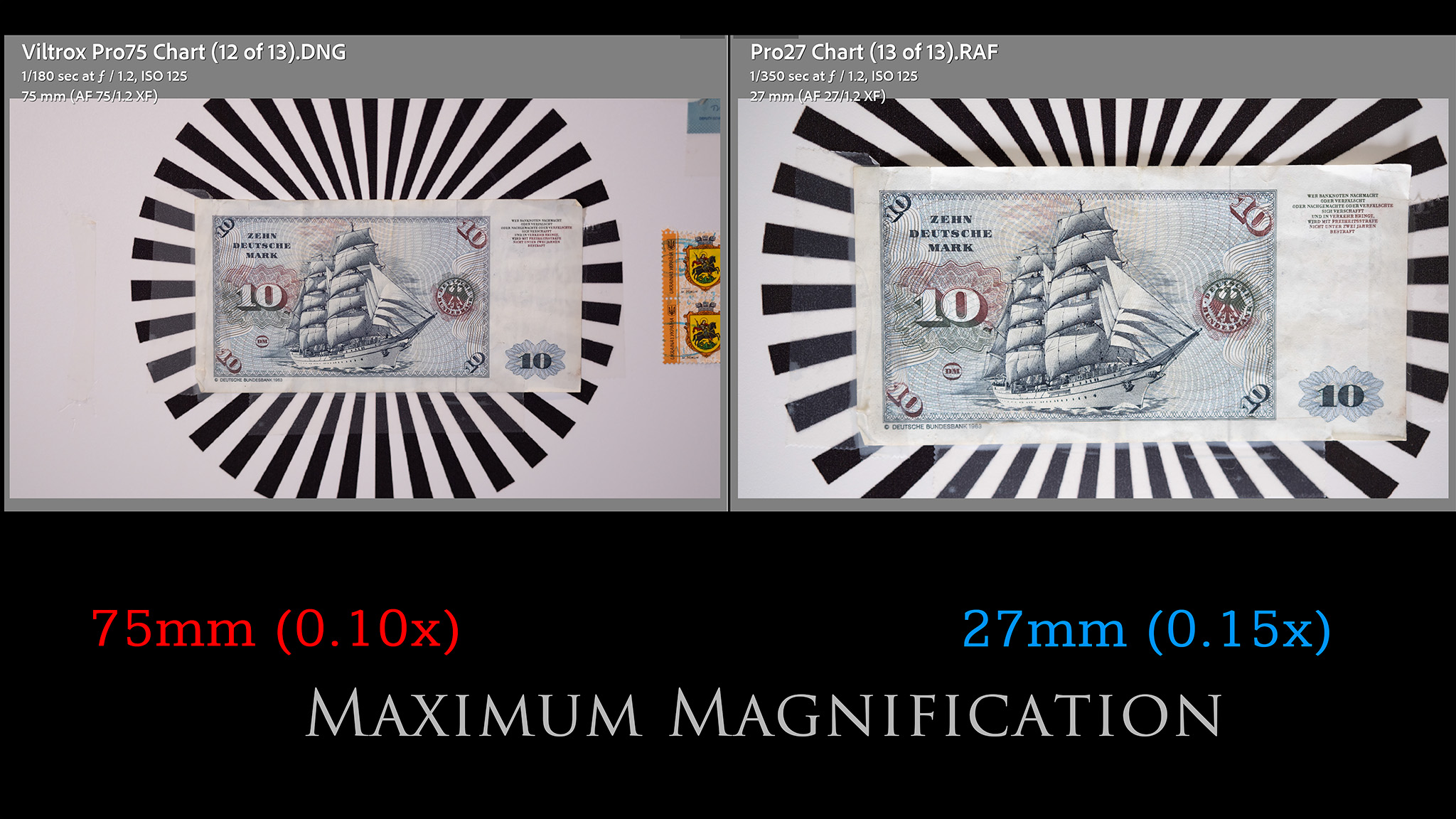









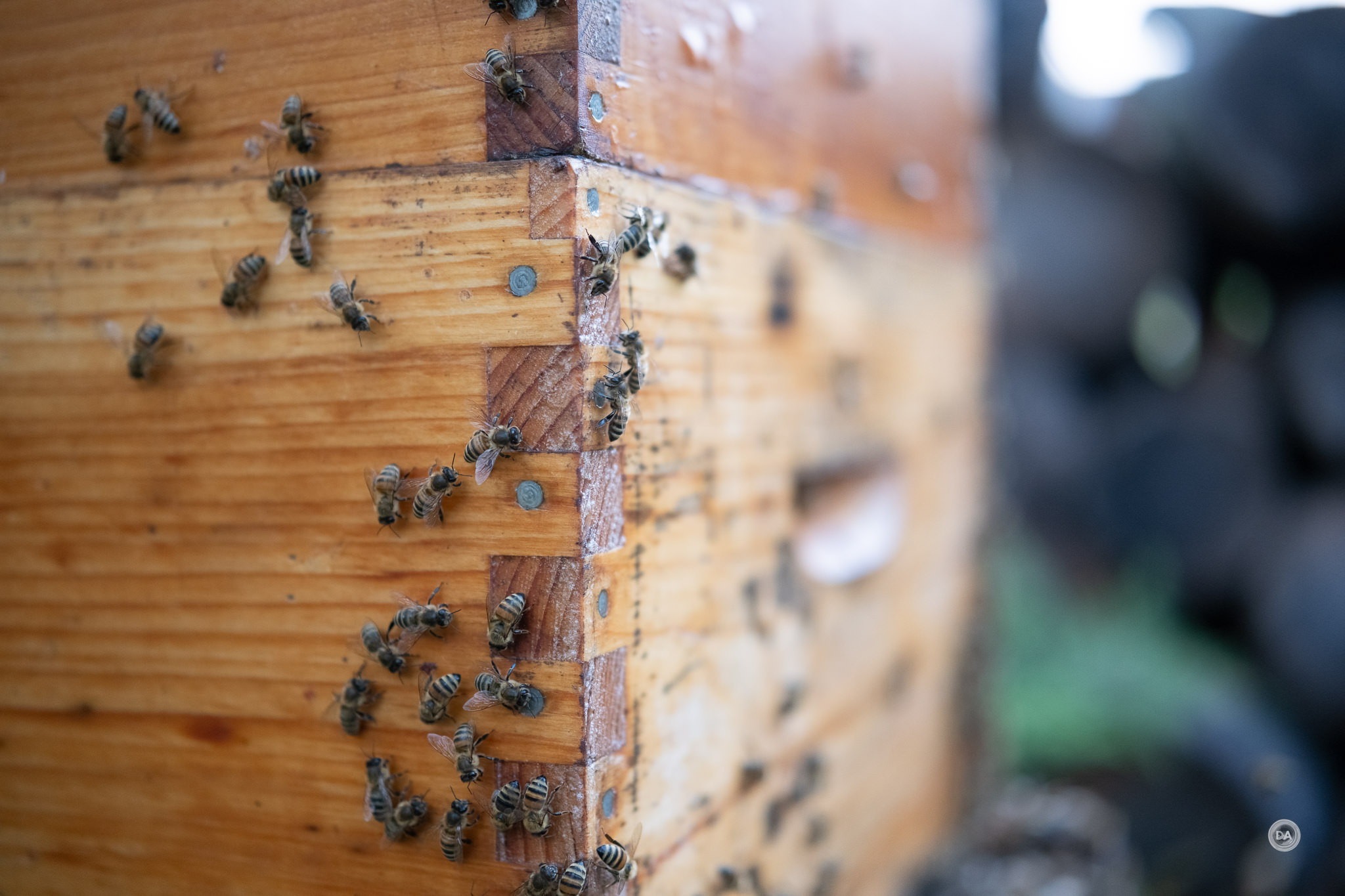
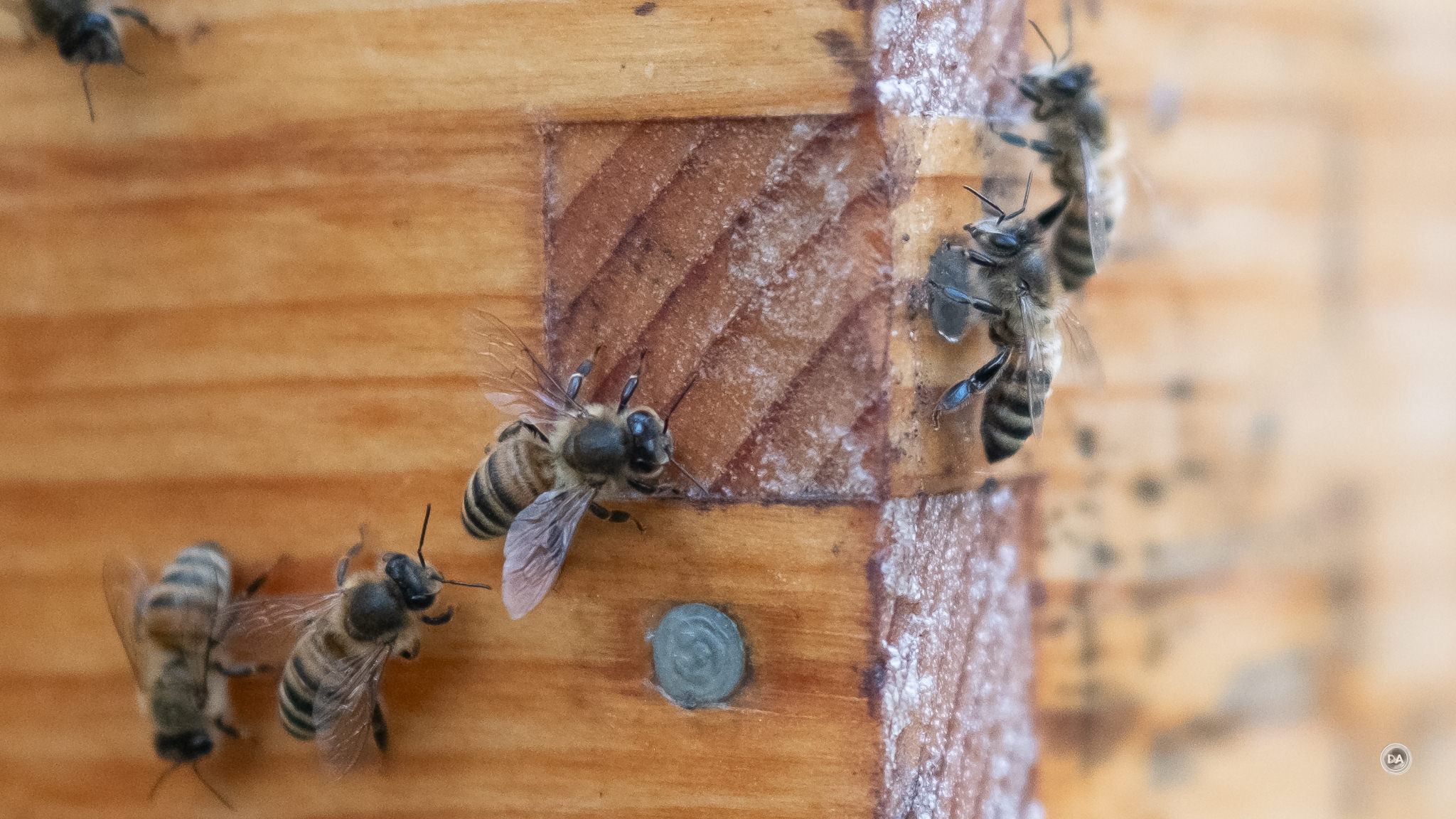


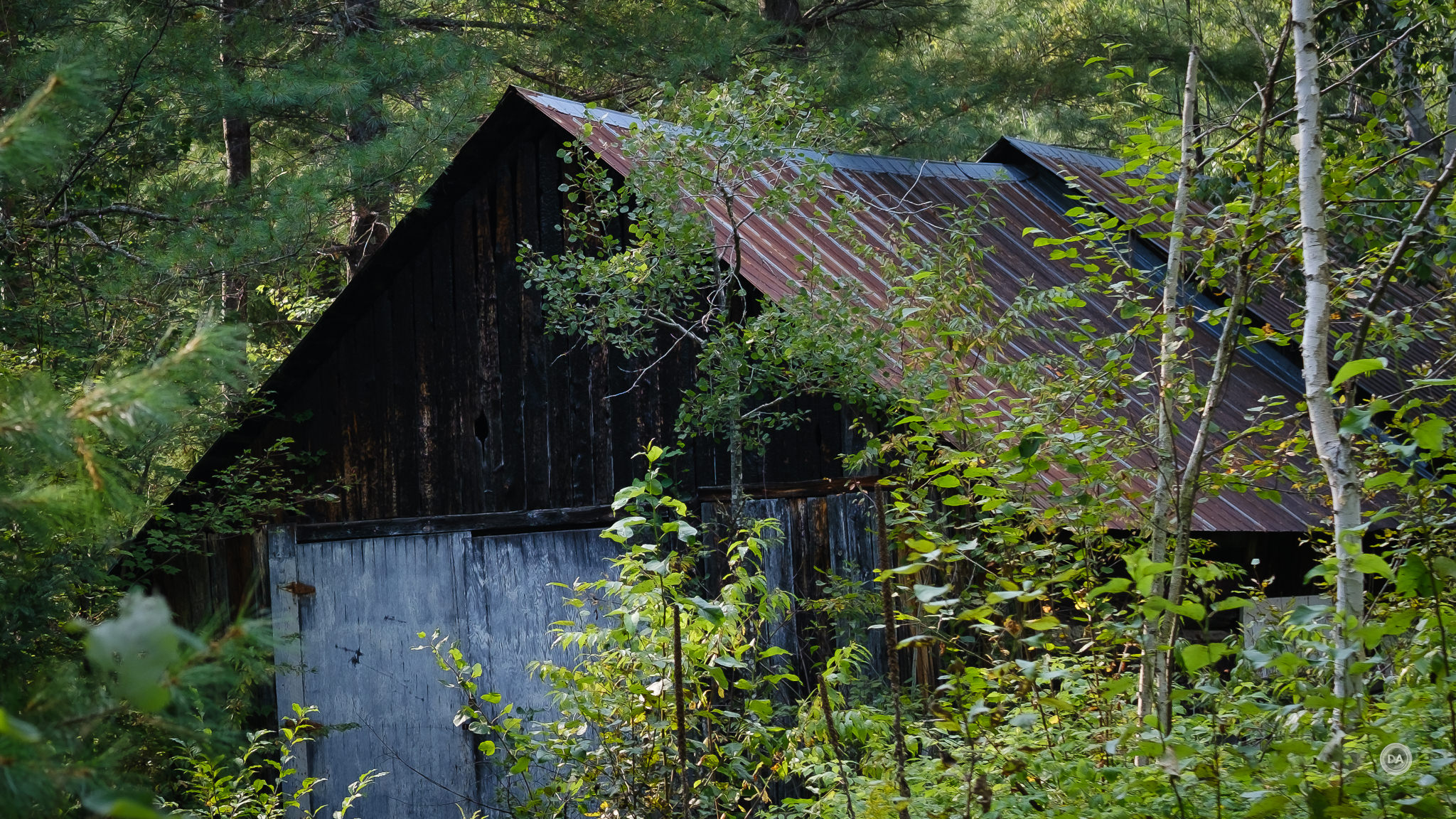


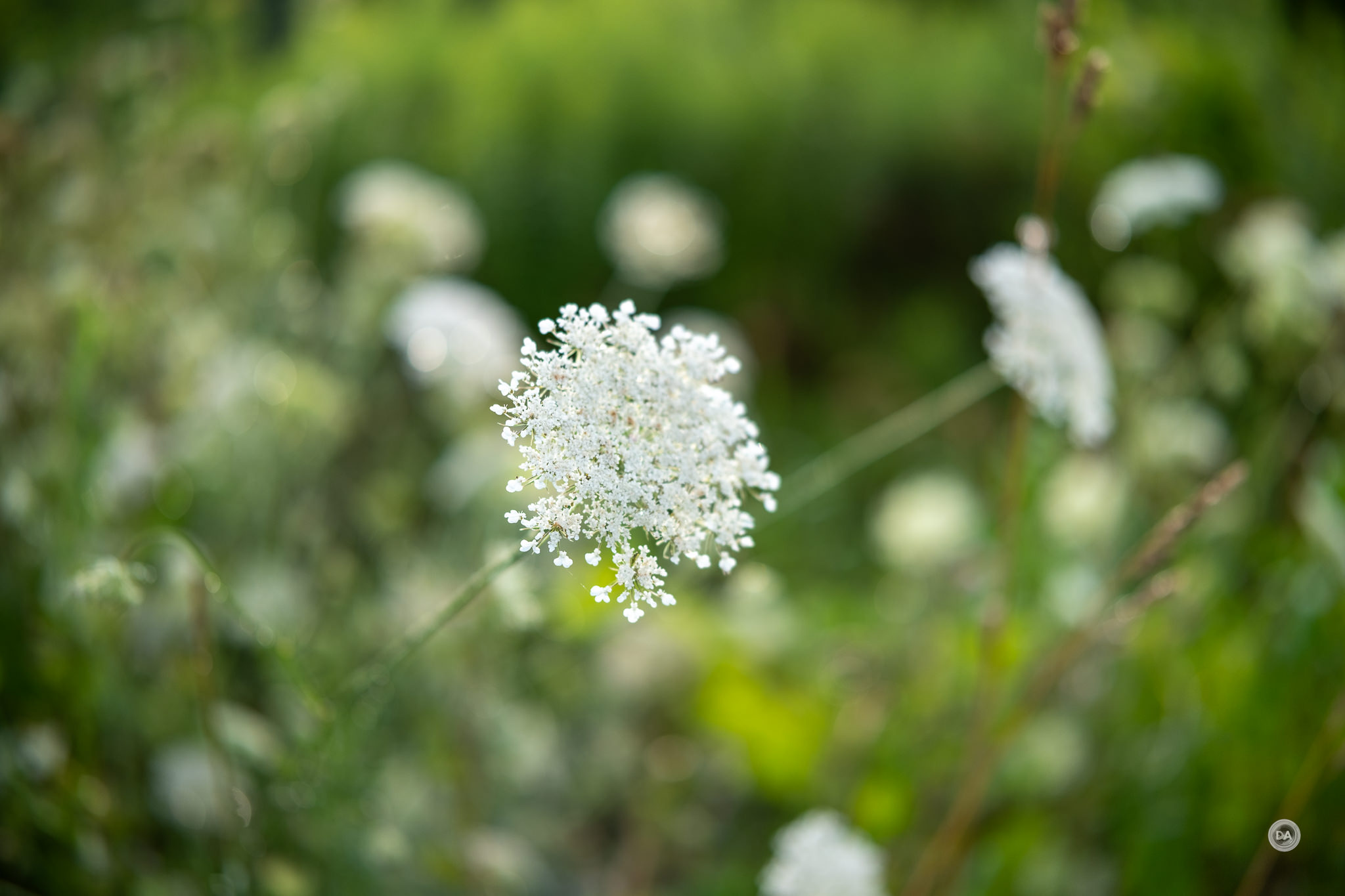

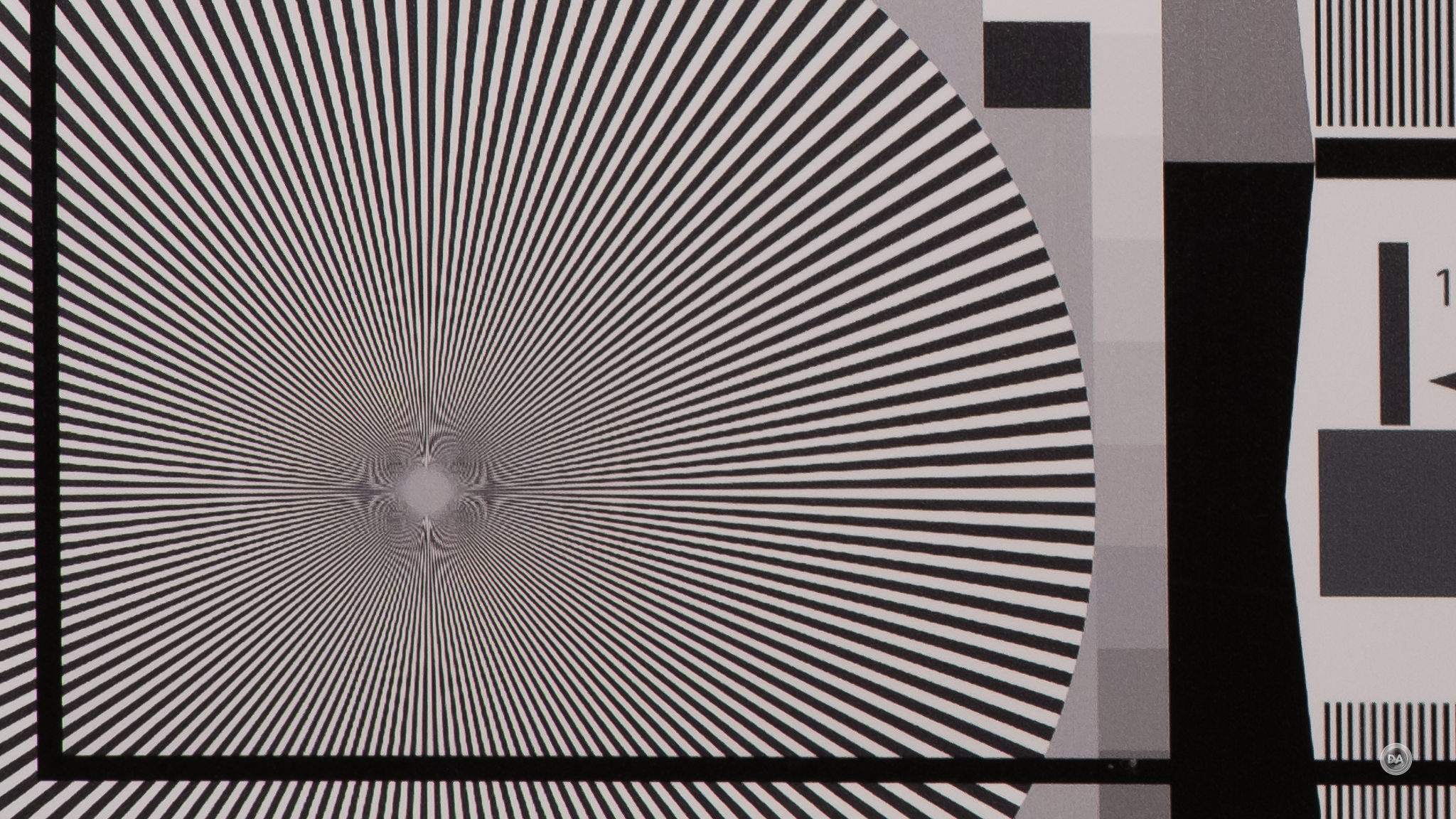




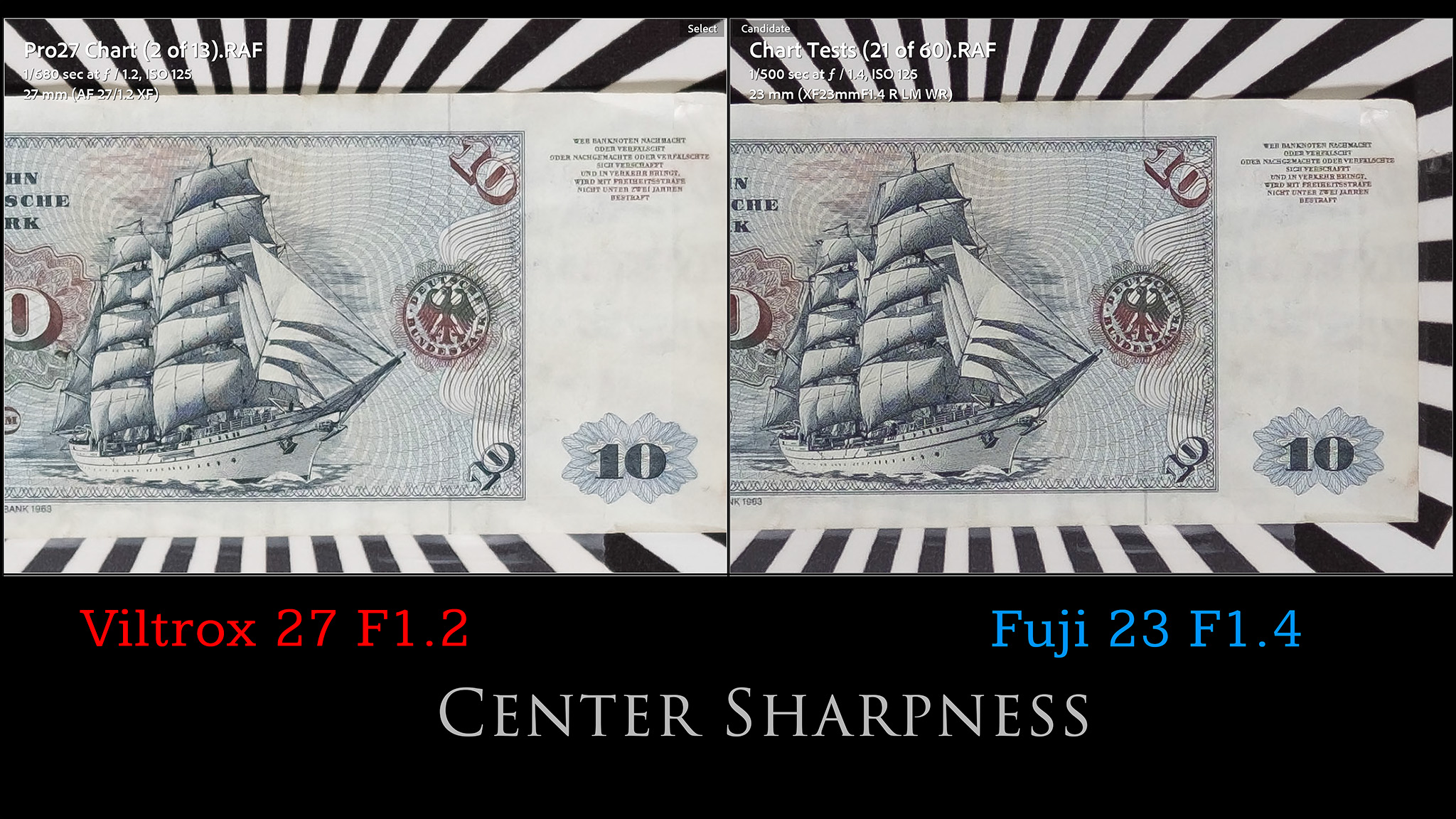
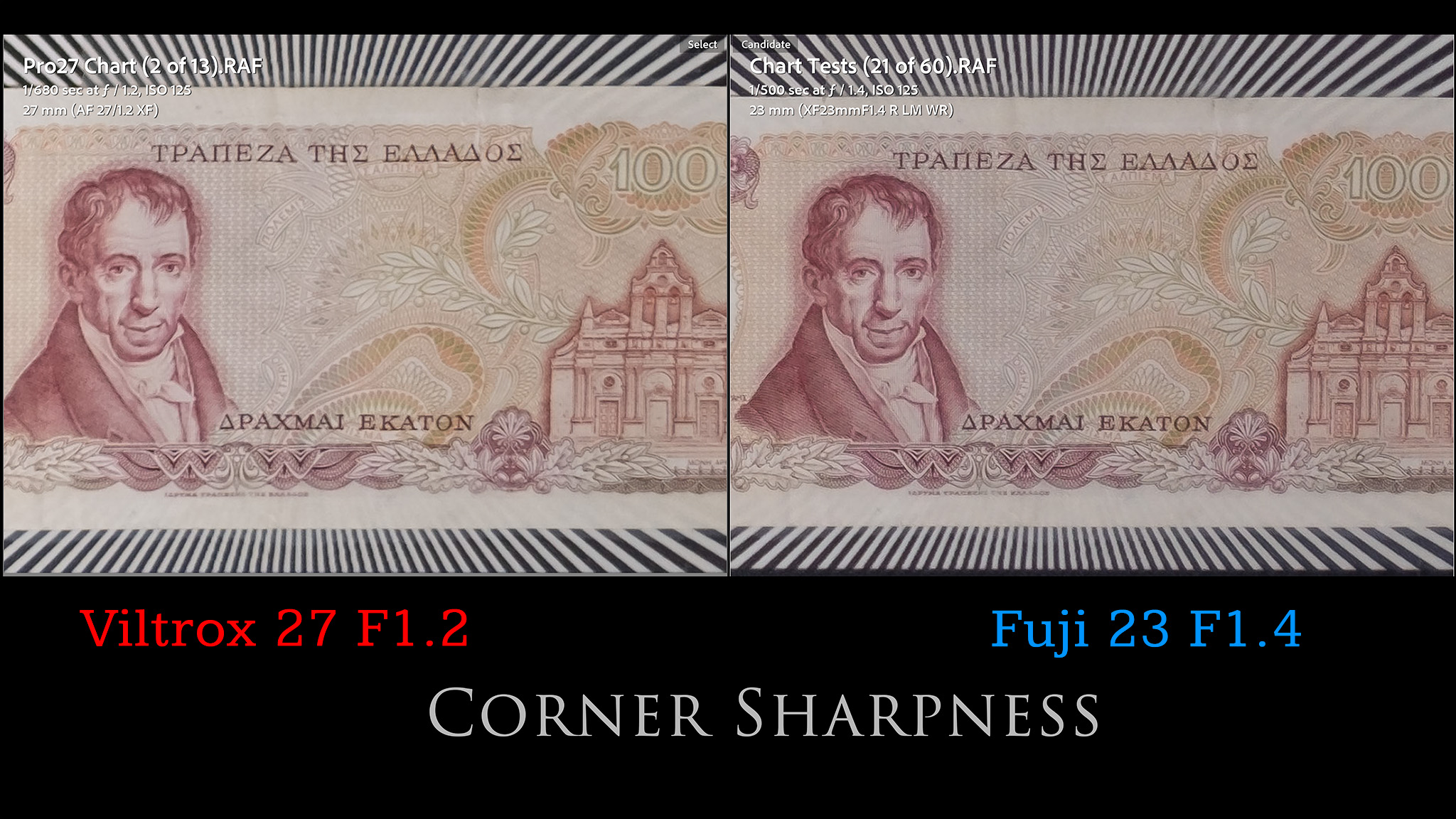


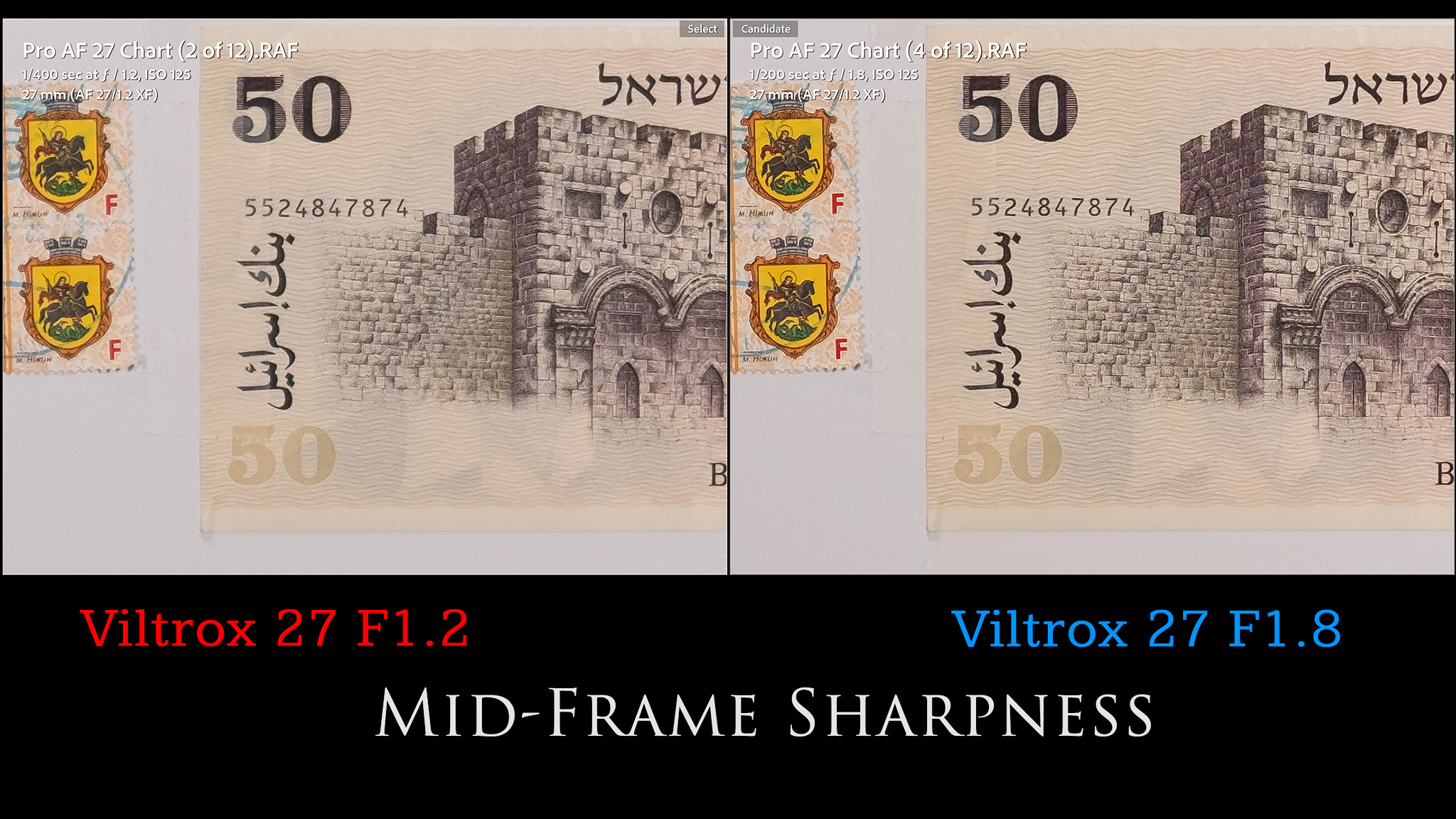






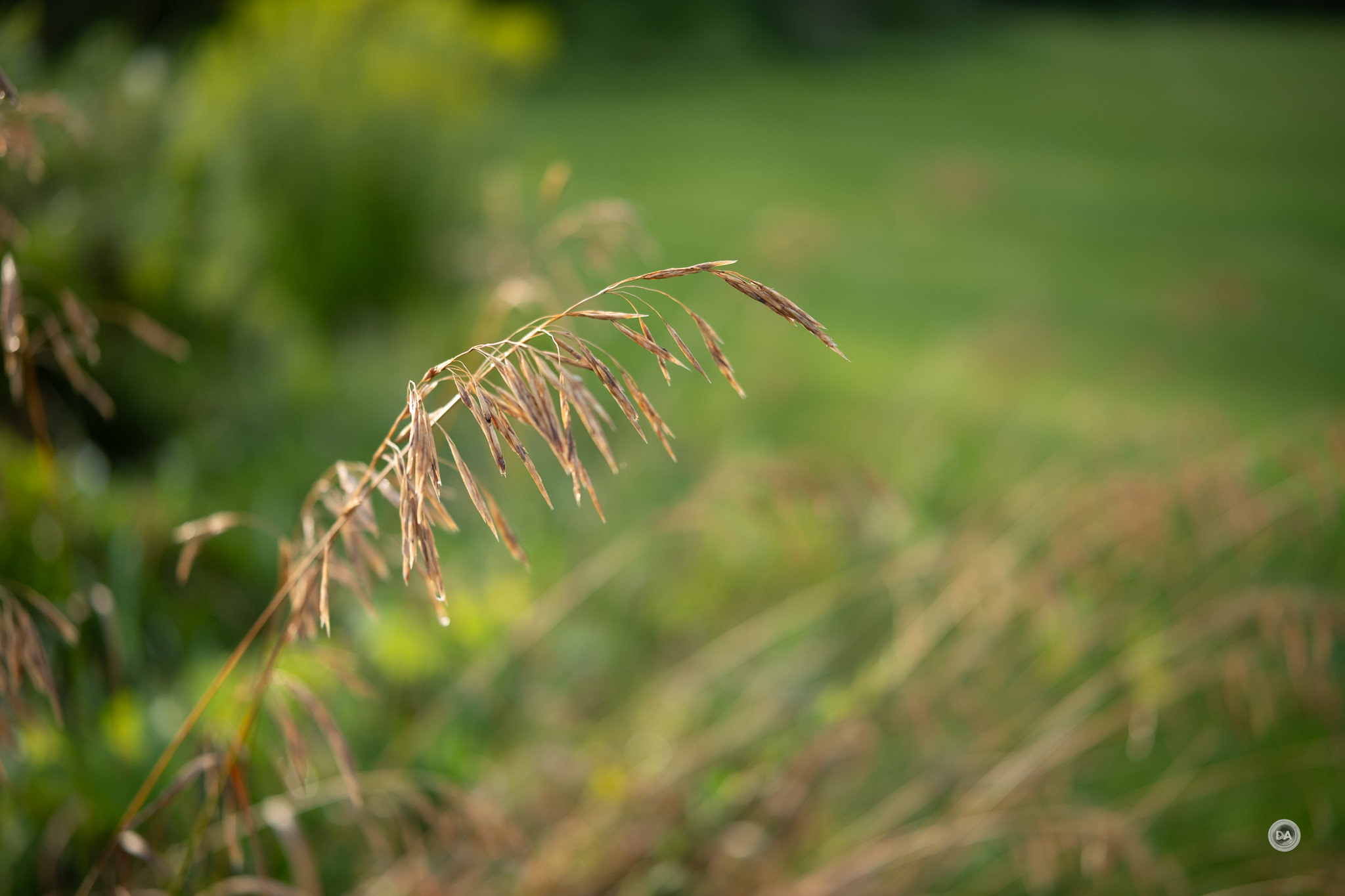

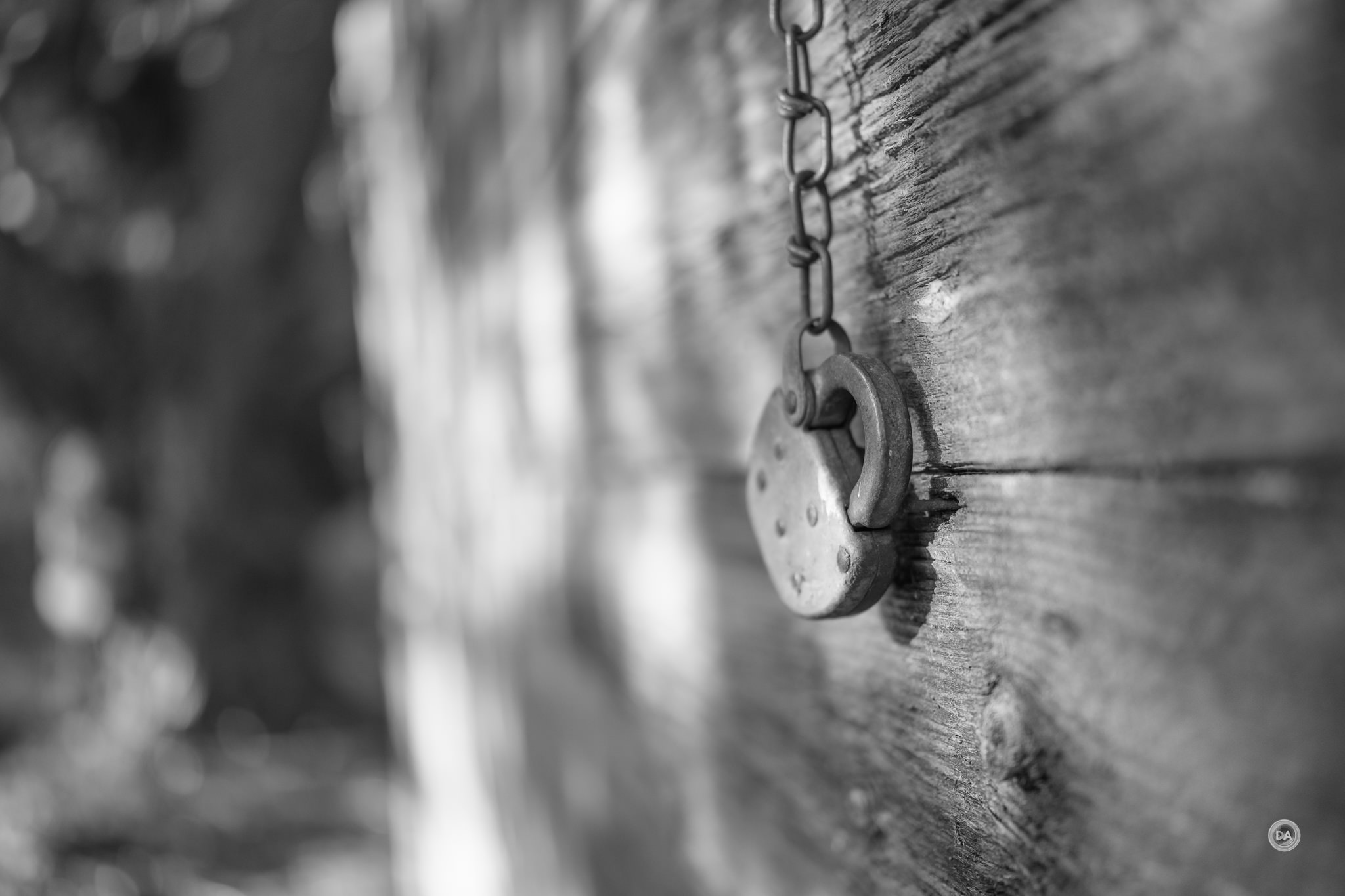

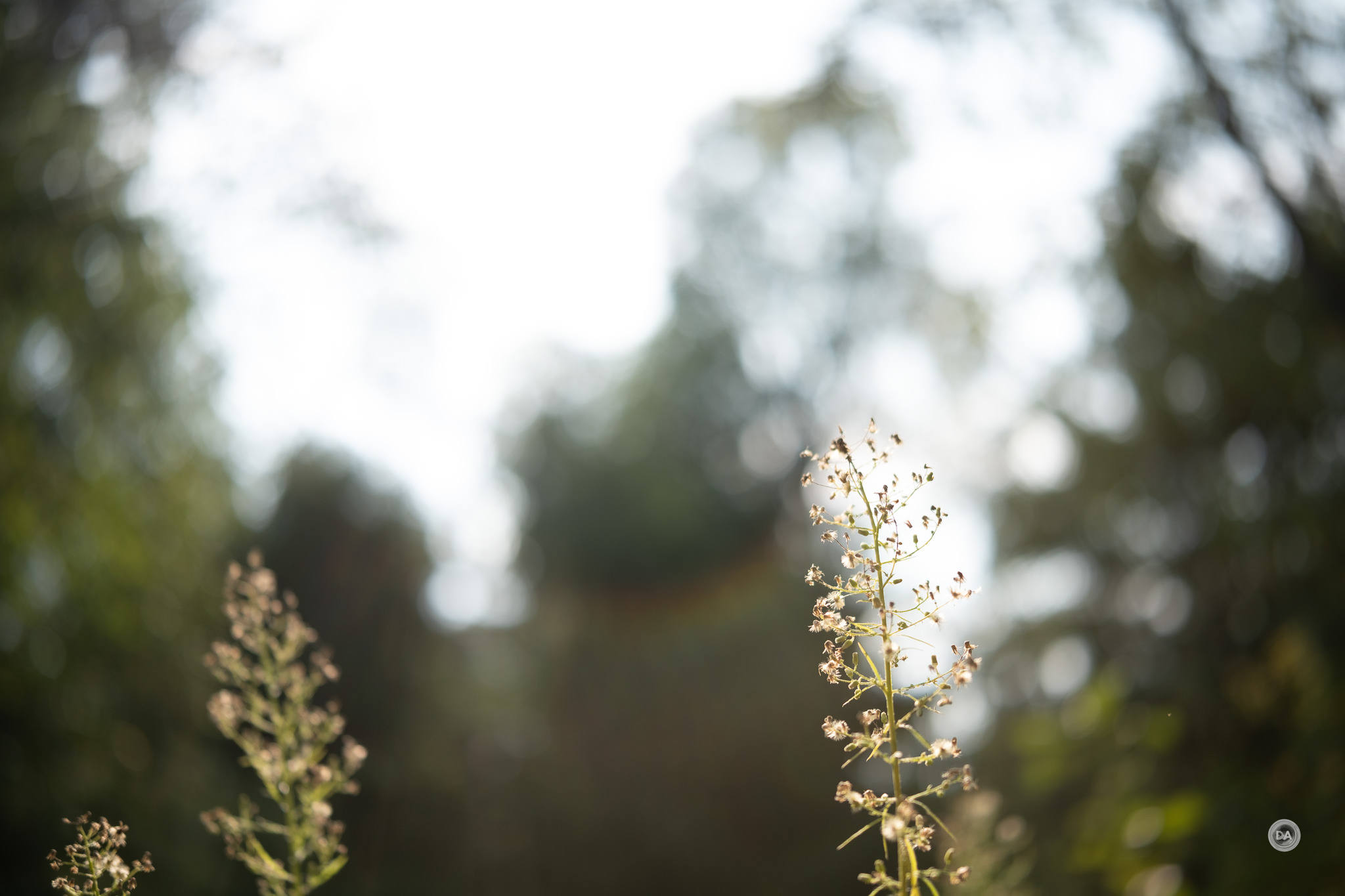














 Sirui Sniper 75mm F1.2 Review
Sirui Sniper 75mm F1.2 Review  Sirui Sniper 75mm F1.2 Gallery
Sirui Sniper 75mm F1.2 Gallery  Tamron 70-300mm F4.5-6.3 RXD Z-mount Review
Tamron 70-300mm F4.5-6.3 RXD Z-mount Review  Nikkor Z 40mm F2 Review
Nikkor Z 40mm F2 Review 






4 thoughts on “Viltrox Pro AF 27mm F1.2 X-Mount Review”